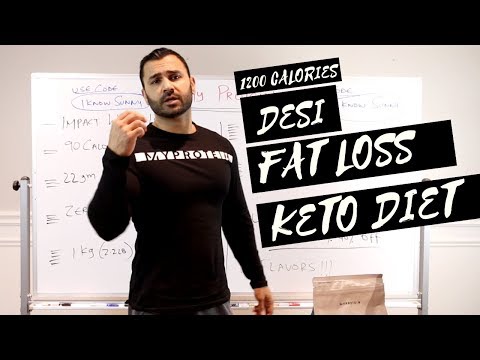
Click Here to Subscribe:
Website:
Most People Do HIIT Cardio Wrong – How to Do HIIT – Thomas DeLauer
High intensity interval training is a whole different ball game than what most people think that it is, and in this video, I want to give you a breakdown of a) what high intensity interval training really is, but b) what kind of cardio you should be doing when you’re intermittent fasting, or what you need to know to at least make an informed decision. The first thing I want to talk about before I even get into anything that has to do with fasting is truly give you the breakdown of what high intensity interval training should truly look like and what you’re actually trying to accomplish. Most people look at high intensity interval training as just this way to get a crazy lung burner, just an awesome workout where you feel like you just torched a bunch of calories. That’s all fine and dandy but it doesn’t always elicit the best metabolic response and it doesn’t always elicit the best body composition response. You don’t always get the desired outcome. You may feel like you accomplished something, but that’s not because high intensity interval training is bad, it’s because most people are doing it wrong.
Here’s the thing. When we’re doing high intensity interval training, we are activating the anaerobic system of the body. So I want you to think of high intensity interval training cardio the same way that you would think of weight training. Weight training operates with the same metabolic business in your body that high intensity interval training does. It’s utilizing carbohydrates as a source of fuel. What that means is you’re in that rep range of maybe 6 reps all the way up to 15 reps in the weight room, well it’s the same kind of thing that you’re burning when you’re doing a high intensity interval training workout.
Let me give you an example of what most people think HIIT looks like. Most people will go ahead and they’ll do one minute of high intensity exercise and then one minute off, then they’ll go back and they’ll do one minute on and one minute off. This is great to [inaudible 00:01:45] a process, I understand that it makes it easy, but that’s not how the body works. The body doesn’t necessarily know what one minute is or what two minutes are. The body just knows when it’s fully fatigued or not. The whole idea with high intensity interval training is you need to, 100%, be pushing it to the max, and then recovering for however long it takes, whether it’s 30 seconds, one minute, two minutes, to be able to be fully recovered to give it 100% again.
So it varies from person to person on how long the rest period should be. It is absolutely not uniform. So for example, you should be doing your high intensity training all the way, pedal to the metal for like 15, 20 seconds, because quite honestly, that’s about how much energy you have stored up in your body to really perform at 90 to 100%. If you’re going longer than 20 or 25 seconds, then you’re not pushing it at 90 or 100%. Plain and simple, period. You should be going all the way, then recovering as much as you possibly need to to be able to afford to push it 100% again. If you’re going at one minute on, one minute off, you’re probably going something like 50, 60% of your maximum and then just recovering for however long it takes. That doesn’t really add up. We need to elicit the metabolic response that we get when we would normally weight train, where we’re going all the way to failure.
Now let’s talk about how this applies with fasting. When you are in a fasted state, your body is not utilizing carbohydrates as a source of fuel. When you are fasted, your body is using ketones. It’s using fat. It turns fats into ketones. When you are doing high intensity interval training, you’re utilizing carbs. Now I hear a lot of people talking about how high intensity interval training is going to help them get into a fasted state easier. Not really the case. You see, once you’re already fasting, your body just stores the glycogen and puts it away. It’s not like you have to burn through all your glycogen first before you start burning fat. It’s really just how long you are going without eating before your body starts using fat. So it’s not like you have to drain your tank and then start using fats. Doesn’t quite work all the way like that, although it does in some cases, but high intensity interval training isn’t gonna get you to the benefits of fasting any faster.




